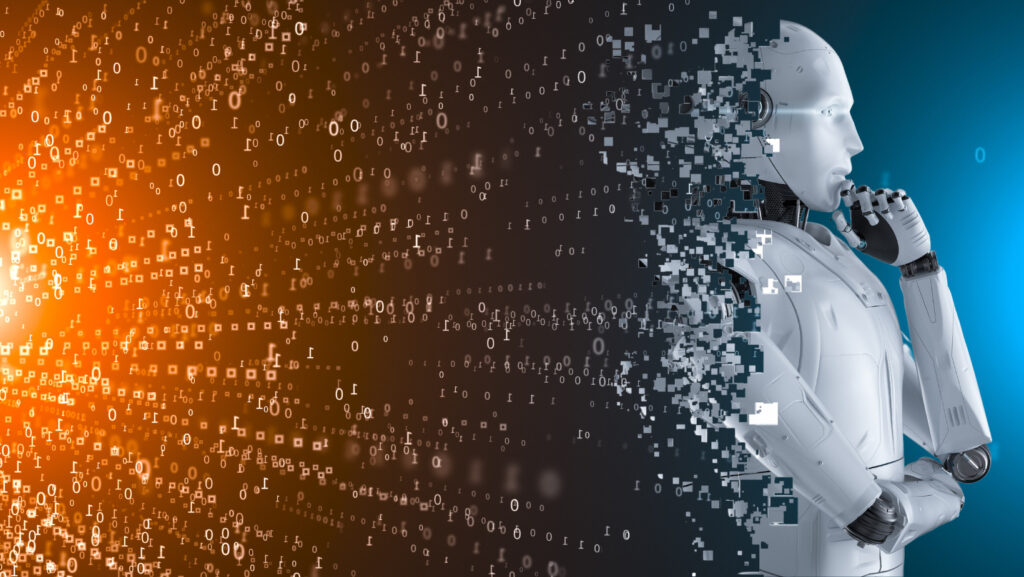
The Rise of AI and its Impact on Human CreativityThe Rise of AI and its Impact on Human Creativity Artificial Intelligence (AI), with its remarkable advancements, is rapidly transforming various aspects of modern society, including the realm of human creativity. While AI’s capabilities have sparked excitement and trepidation alike, its impact on creativity is a topic of intense discussion and exploration. Enhancement of Creative Processes: AI can assist human creatives in numerous ways, enhancing their productivity and broadening their horizons. * Ideation: AI algorithms can generate innovative ideas and concepts based on vast datasets. They can act as a brainstorming partner, suggesting novel perspectives and breaking through creative blocks. * Collaboration: AI can seamlessly integrate with human creatives, providing real-time feedback and insights. It can suggest improvements, identify potential flaws, and facilitate a more collaborative workflow. * Optimization: AI can analyze large volumes of data to identify patterns and correlations, helping creatives refine and optimize their work. It can provide data-driven recommendations to improve the effectiveness and impact of creative content. Job Displacement Concerns: However, the rise of AI also raises concerns about the potential displacement of human creativity. Some argue that AI could automate creative tasks, rendering human artists and designers obsolete. * Task Automation: AI can perform repetitive and time-consuming tasks, such as creating graphics, editing videos, or writing marketing copy. This may lead to a reduction in the need for humans to perform these tasks manually. * Artistic Originality: While AI can assist with the technical aspects of creativity, it remains unclear whether it can fully replicate the subjective and imaginative qualities of human expression. Critics argue that AI-generated art may lack the emotional depth and personal touch that make human creativity unique. Symbiotic Relationship: Instead of viewing AI and human creativity as adversaries, it is more fruitful to approach them as complementary forces. AI can empower humans to achieve greater creative heights, while human ingenuity can guide and inspire AI development. * Human-AI Collaboration: The most profound impact of AI on creativity will likely be the creation of synergistic human-AI collaborations. Humans can provide the vision, imagination, and emotional intelligence, while AI enhances their capabilities with data analysis, rapid prototyping, and optimization. * New Creative Dimensions: AI enables creatives to explore new dimensions and possibilities that were previously unattainable. It can generate novel visual styles, create interactive experiences, and facilitate immersive storytelling. * Accessibility and Inclusivity: AI can democratize creativity by making it more accessible to individuals with limited resources or expertise. AI-assisted tools can empower aspiring artists, designers, and writers from diverse backgrounds to unleash their potential. Conclusion: The rise of AI presents both challenges and opportunities for human creativity. By embracing AI as a collaborative partner, humans can enhance their creative output, explore new frontiers, and create more impactful and innovative works. While AI may automate certain tasks, it is ultimately human ingenuity, imagination, and emotional depth that will drive the future of creative expression. By fostering a symbiotic relationship between humans and AI, we can unlock a new era of artistic innovation and human-machine collaboration.
Posted inNews